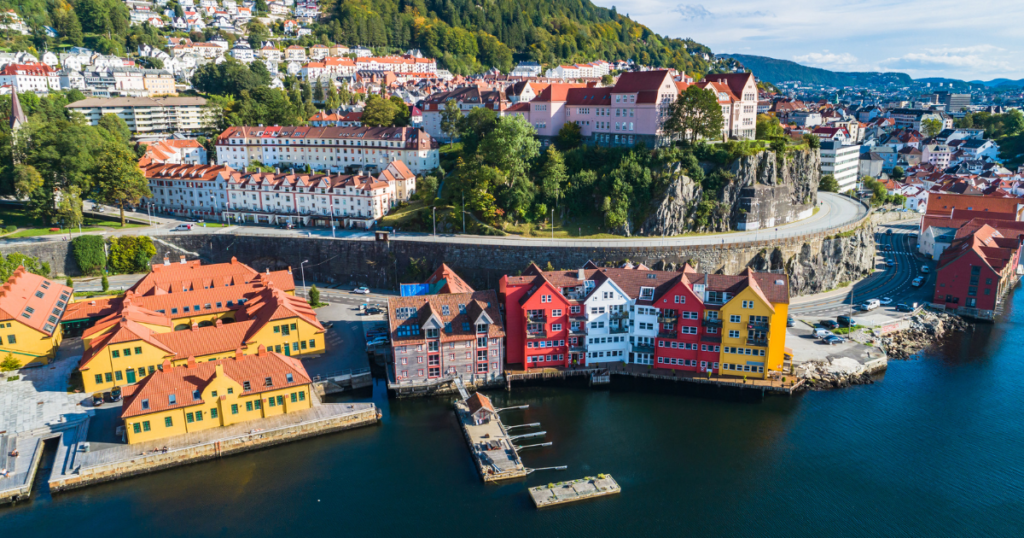Thinking of moving to Norway? Here’s the 2025 cost of living breakdown for expats — including housing, groceries, transport, taxes, and tips for saving money in Norway.
Introduction
When I first moved to Norway, I remember walking into a grocery store and doing mental math with wide eyes. €5 for a brioche loaf of bread? €4 for a café latte? I whispered to myself. That was my first taste of the Norwegian price tag.
For months and months, I kept on doing math silently. Every time I enter a grocery store, it will take time for me to be done because I keep on calculating, converting, and finding a cheaper substitute for what I need. I think it took me about a year before I got used to the Norwegian tag price!:)
But as I settled in, I realized something important — living in Norway isn’t about how expensive it looks on paper, but how balanced life feels here.
Norwegians pay more, yes — but in return, they get safety, education, healthcare, and an incredible quality of life that money can’t buy. And once you understand how the cost of living works here — and learn a few insider tricks — you can live comfortably without feeling like every krone disappears.
This detailed guide breaks down the real cost of living in Norway in 2025 — from rent and food to taxes and family life — based on local averages, updated data, and what I’ve learned as an expat mom balancing family, work, and travel in Oslo. But prices may vary because of the effect of increasing commodities, taxes, and the cost of living.
Read this article if you want to explore Norway without a car.
Subscribe to my I am Living Abroad Youtube Channel for more travel video inspirations, or follow my Facebook page and see places we have been traveling for your family travel inspiration and other travel guides.
Overview: What to Expect Living in Norway
Norway is consistently ranked among the world’s most expensive countries. But it’s also one of the happiest and safest. Wages are high, social benefits are generous, and work-life balance is deeply respected.
So while groceries, housing, and dining might cost more, things like healthcare, maternity leave, education, and security offset those expenses.
Average Monthly Income (2025):
- 💼 Average salary: It is difficult to give a certain range for the average salary. There are factors affecting every person’s salary, such as those who have finished only secondary education, tertiary education, a doctorate, and many more. Often, years of experience are calculated as well, and those who have more experience have a higher salary.
💡 Note: Salaries are gross before tax. Norway’s tax system is progressive, so higher earners pay more (up to 45%), but that includes healthcare, education, and pension. Norway’s tax system also favors those who have kids, single parents, etc. There’s so much to understand when it comes to tax. If you want to learn more about taxes, then you can visit https://www.skatteetaten.no
🏡 Housing Costs in Norway (2025)
Housing is your biggest monthly expense in Norway — especially in Oslo, Bergen, and Stavanger.
Most expats rent, but if you plan to stay long-term, buying a home is possible through programs like Startlån (municipal loans) or OBOS Deleie (shared ownership schemes).
🏙️ Average Monthly Rent (2025):
| City | 1-Bed Apartment | 3-Bed Family Apartment | Notes |
|---|---|---|---|
| Oslo | NOK 15,000–22,000 (€1,300–€1,900) | NOK 25,000–30,000 (€2,100–€2,500) | Capital, most expensive |
| Bergen | NOK 13,000–18,000 | NOK 20,000–25,000 | Coastal & student-heavy |
| Trondheim | NOK 12,000–17,000 | NOK 18,000–23,000 | University town |
| Smaller towns (e.g., Ålesund, Voss) | NOK 9,000–13,000 | NOK 14,000–19,000 | More affordable lifestyle |
💡 Tip: Many Norwegians rent out “hybel” (studio or basement apartments) that cost 20–30% less than regular flats — perfect for students or single expats.
Utilities:
Electricity and heating vary by season. Expect NOK 500–2,500/month (€50–€200), higher in winter. (Depending on the size of the apartment/housing)
Most rentals don’t include electricity or Wi-Fi, but landlords usually cover water and garbage fees.
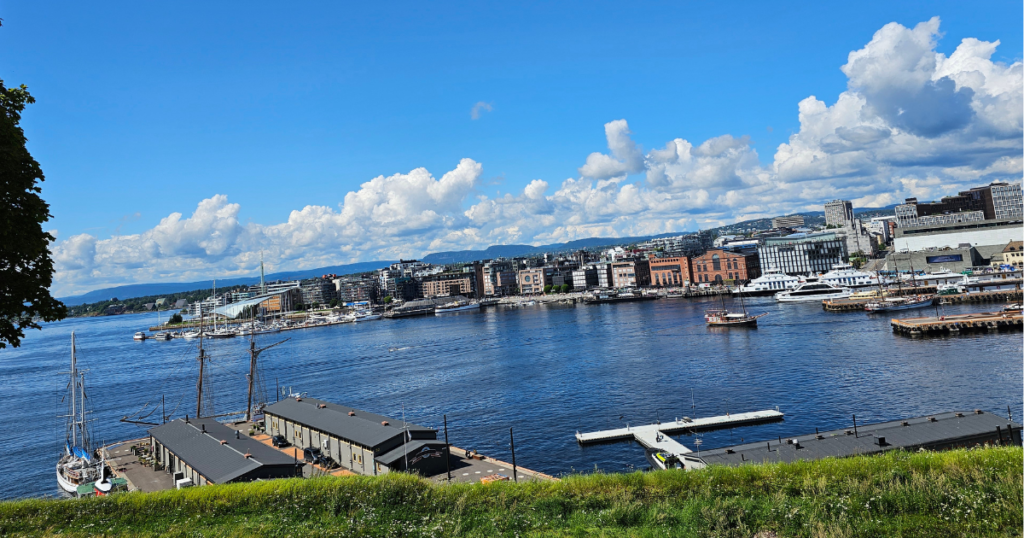
🛒 Food and Grocery Prices
Groceries in Norway are expensive compared to other European countries, but manageable with planning.
🥦 Average Prices (2025):
| Item | NOK | EUR |
|---|---|---|
| Bread loaf | 35–50 | €3–€4.50 |
| Milk (1L) | 23–30 | €2.10–€2.50 |
| Eggs (12) | 40–55 | €3.50–€4.80 |
| Chicken breast (1kg) | 110–180 | €10–€15 |
| Apples (1kg) | 35–45 | €3–€4 |
| Coffee (cafe latte) | 40–55 | €40–€5.50 |
| Restaurant meal | 200–300 | €18–€25 |
| Water 12oz | From 27nok | €2.3 |
🛒 Where to Shop
- Budget-friendly: Rema 1000, Kiwi, Extra
- Mid-range: Coop Mega, Meny (better selection, higher price)
- Asian / International stores: Found in Oslo & Bergen for rice, spices, and sauces.
💡 Money-Saving Tips:
- Bring reusable bags — plastic ones cost from NOK 4 each upto 25 for eco bags.
- Buy produce in bulk or frozen — it’s often cheaper.
- There are shops that offer a discount of 50% after 8 PM (see “Too Good To Go” app for surprise food boxes).
- Eating out often will drain your wallet; home-cooked meals are the secret to thriving here.
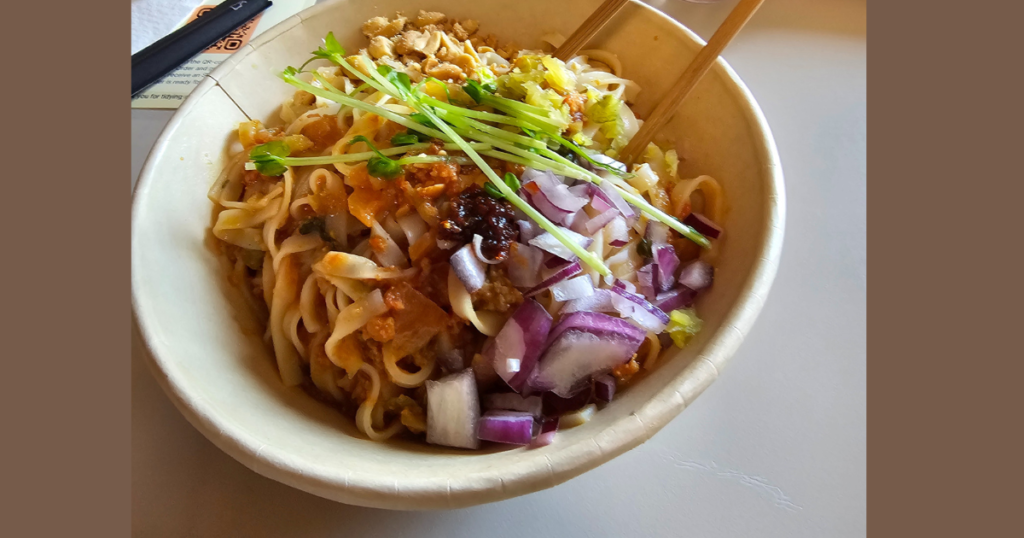
🚆 Transportation Costs
Public transportation in Norway is efficient and environmentally friendly.
🚇 Monthly Passes (2025):
| City | Cost NOK | EUR | Includes |
|---|---|---|---|
| Oslo | 850 | €73 | Metro, bus, trams, ferries |
| Bergen | 900 | €77 | Bus, tram, and ferries |
| Trondheim | 800 | €69 | Bus & ferry |
| Rural areas | 700 | €60 | Limited routes, but discounts are available |
Children under the age of six can travel free of charge on all public transport in Norway. In several cities, including Oslo and other major urban areas, there are also special weekend and holiday offers — where one paying adult can bring up to four children under 18 for free. For children aged 6 to 17, a discounted child fare applies on trains, buses, trams, and ferries.
Please note that rules and age limits may vary between transport companies and can change over time, so it’s always best to check the latest information before you travel.
💡 Apps to download:
- Entur: All Norwegian routes (train + bus + ferry).
- Ruter: Oslo’s local transport system.
- Skyss: Bergen’s network.
Car costs:
- Gasoline: NOK 22–25/liter (€2/liter).
- Insurance: NOK 6,000–10,000/year (€500–€900).
- Parking in Oslo: up to NOK 300/day (€25).
🩺 Healthcare and Insurance
Healthcare in Norway is universal and funded through taxes — meaning you don’t need private insurance for basic care.
🏥 Key Facts for Expats:
- Residents automatically join the Norwegian National Insurance Scheme (Folketrygden).
- Doctor visits cost about NOK 170–260 (€15–€22).
- Once you reach an annual cap (~NOK 3,000), further care is free for the year.
- Children under 16 and pregnant women receive free healthcare.
💊 Pharmacies: You will find pharmacies (Apotek) everywhere!
Prescriptions are partially reimbursed through the state, depending on diagnosis.
💡 If you’re new: Apply for a GP (fastlege) as soon as you get your Norwegian ID number. It’s your assigned family doctor.
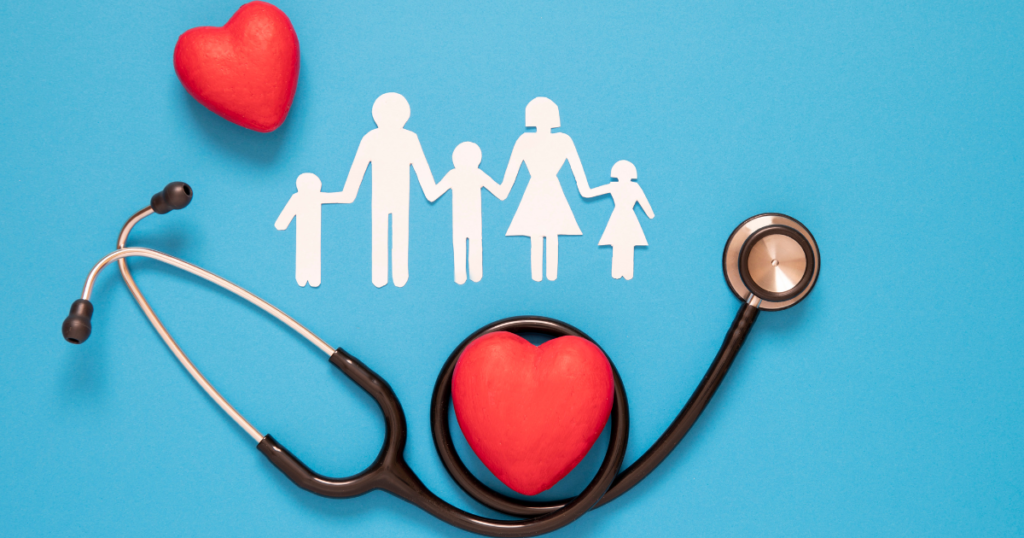
👩👧 Childcare and Education
Norway is family-friendly to its core. The state heavily subsidizes childcare and education.
- Kindergarten (barnehage): From NOK 3,000/month (€256). Fees are capped nationally, with discounts for multiple children.
- Primary & secondary school: Free.
- University: Free for all residents, including most expats from the EU/EEA. There are other misceleneos fees you need to pay by yourself, books and other materials are not free but you can always borrow books at the library, just apply for a library borrower’s card (lånekort)
- Meals: “Matpakke” is common in Norway, pack your own lunch box or you can buy food at the cantine.
💡 Tip:If you moved to Norway and are expecting a child, apply early for kindergarten “barnehage” — waiting lists can be long in major cities.
💡 Utilities, Internet, and Mobile
| Service | Average NOK | EUR | Notes |
|---|---|---|---|
| Electricity (winter high) | 500–3,000 | €00–€250 | Hydropower-based but fluctuates |
| Internet (fiber) | 550–750 | €45–€60 | Telenor, Altibox, and Telia are the top providers |
| Mobile (unlimited data) | 400–500 | €35–€45 | MyCall, Ice, Telenor |
| Streaming services | vary | vary | Netflix, Viaplay, Disney+ are all available |
💡 Money-saving hack: Many mobile plans include family bundles — one plan for multiple users.
💼 Work-Life and Tax System
Norwegians value balance. The average workweek is 37.5 hours, and most people leave the office by 4 PM, unless people are working on shifts.
📊 Income Tax (2025):
| Income Range | Tax Rate |
|---|---|
| NOK 0–250,000 | 17–20% |
| NOK 250,001–600,000 | 25–30% |
| NOK 600,001+ | 35–45% |
Taxes fund healthcare, education, and parental benefits. Maternity and paternity leave are generous — 49 weeks paid (15 weeks reserved for each parent).
💡 Tip: Always check Skatteetaten.no — the Norwegian Tax Administration site — to understand deductions (like travel expenses or housing loans).
📊 Sample Monthly Budgets (2025)
| Type | Single (Oslo) | Couple (Bergen) | Family of 4 (Trondheim) |
|---|---|---|---|
| Rent | From 10,00-17,000 | 20,000 | 22,000 |
| Utilities & Internet | 2,000 | 2,500 | 3,000 |
| Groceries | From 2500-4,500 | 6,000 | 10,000 |
| Transport | 850 | 1,700 | 3,000 |
| Childcare | — | — | 7,000 |
| Entertainment & Misc. | 2,000 | 3,000 | 4,000 |
| Total NOK | 17,350- 26,350 | 33,200 | 49,000 |
| Approx. EUR | €1484-€2,270 | €2,860 | €4,200 |
💡 Savings tip: Even families can save 10–15% by cooking at home and using public transport. Most Norwegians don’t drive daily; bikes and electric scooters are common.
💡 Smart Ways to Save Money in Norway
- Cook at home. Restaurants can easily cost 5x more than groceries.
- Use discount apps: Too Good To Go for leftover restaurant food (50–70% off).
- Shop secondhand: Finn.no and Tise for furniture, baby gear, and clothes.
- Buy seasonally: Local produce (apples, berries, potatoes) is cheaper.
- Free outdoor fun: Hiking, skiing, and swimming are all free — and part of Norwegian culture.
- Skip bottled water: Tap water in Norway is among the cleanest in the world.
- Plan travel with Vy.no & Entur: Early-booked tickets.
- Join library programs: Local libraries offer free events, kids’ activities, and even tool-lending programs.
🌿 Quality of Life: The Hidden Value Behind the Cost
At first, you’ll feel the cost of living in Norway. But then you start to see what you’re paying for:
- Peace of mind. Crime is low, and communities are safe.
- Free education. From kindergarten to university.
- Healthcare for all. Accessible and reliable.
- Clean air and water. Nature is part of daily life.
- Work-life balance. Family dinners, weekends outdoors, and long summer holidays are normal.
Norway’s philosophy isn’t about chasing more — it’s about living better.
That’s the real return on investment for every krone spent here.
💡 Note: Prices and amounts listed in this guide are based on 2025 averages and may change over time. Costs in Norway can fluctuate due to seasonal variations, currency exchange rates, and changes in the global economy, so always check current prices before booking or budgeting your trip.
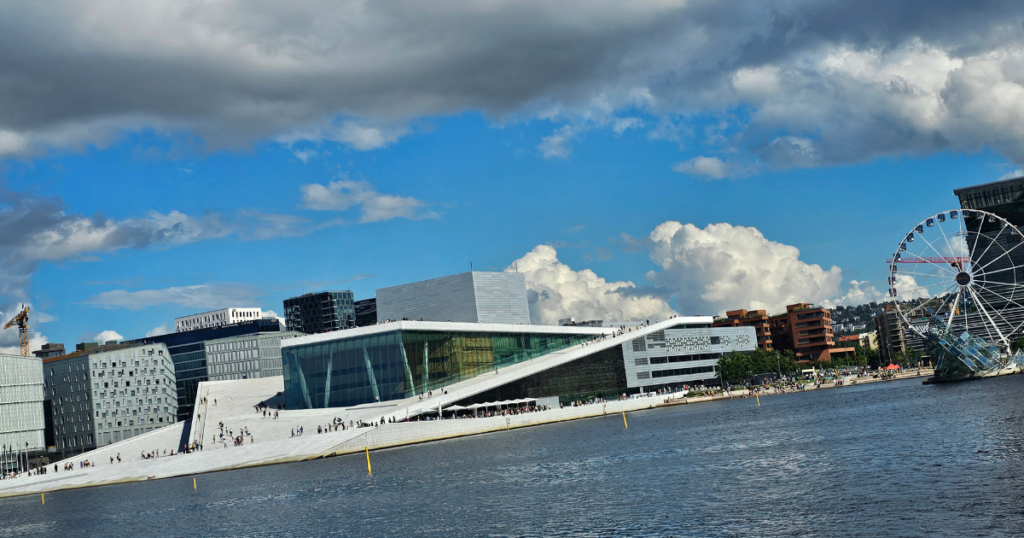
💬 Final Thoughts
Living in Norway as an expat has taught me that money behaves differently here. You earn more, yes, but you also spend with purpose. Every krone seems to come back to you — through community, safety, or a healthier lifestyle.
If you plan wisely, embrace local habits, and keep simplicity at the heart of your lifestyle, Norway rewards you in ways no spreadsheet can capture.
So, before you see the numbers and panic — take a deep breath and imagine this:
A quiet morning by the fjord, coffee in hand, your kids playing outside safely, the world around you calm.
That’s what you’re paying for — a peaceful life that feels worth every krone.
Subscribe to my I am Living Abroad Youtube Channel for more travel video inspirations, or follow my Facebook page and see places we have been traveling for your family travel inspiration and other travel guides.
Disclaimer: This post may contain affiliate links, which means that if you make a purchase through one of these links, I may earn a small commission — at no extra cost to you. I only recommend products and services that I personally use, trust, or believe will bring genuine value to my readers. Your support helps keep I Am Living Abroad running and allows me to continue sharing free travel guides and expat resources. Thank you for supporting my work!

